Paintings for Drowning Men - Complete Series
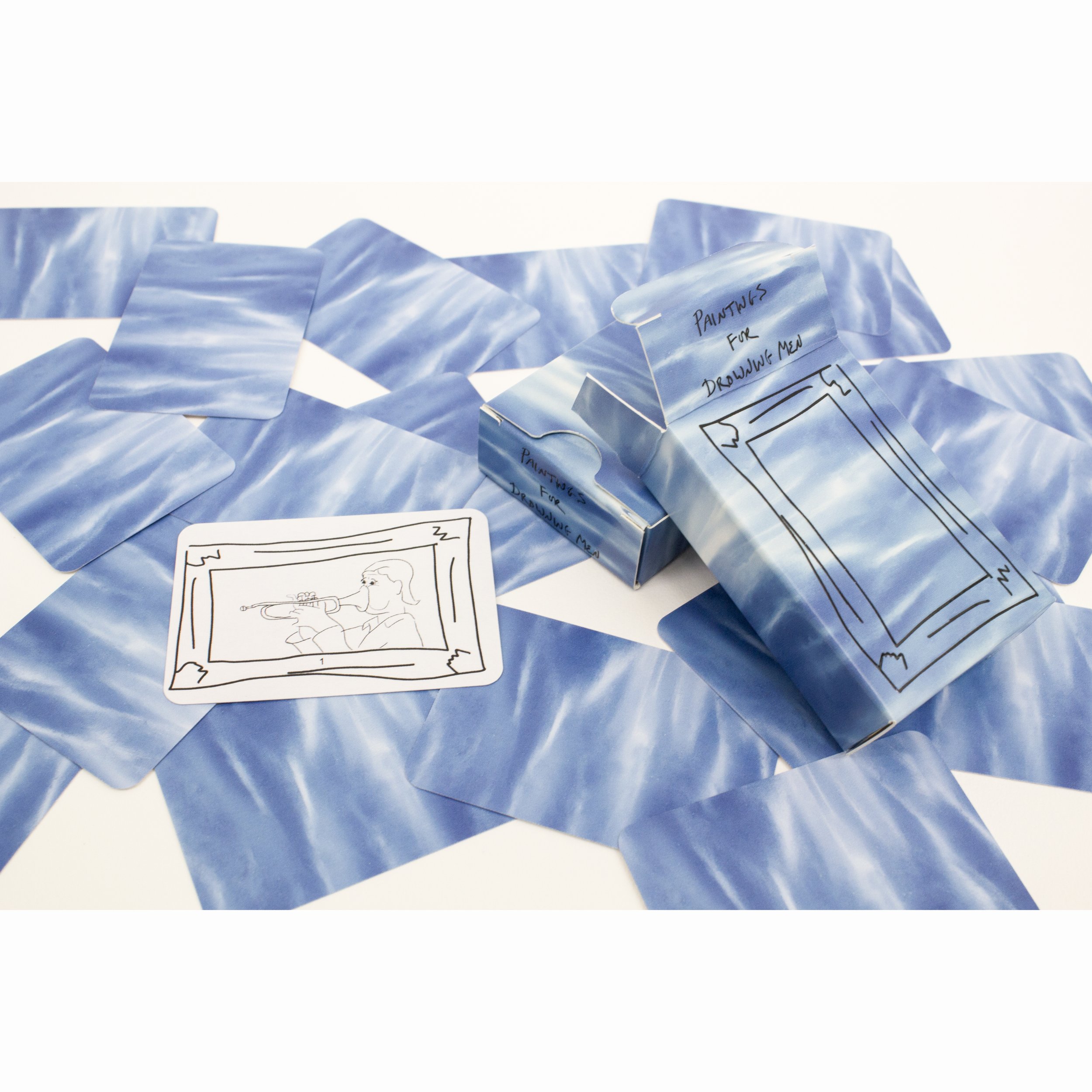

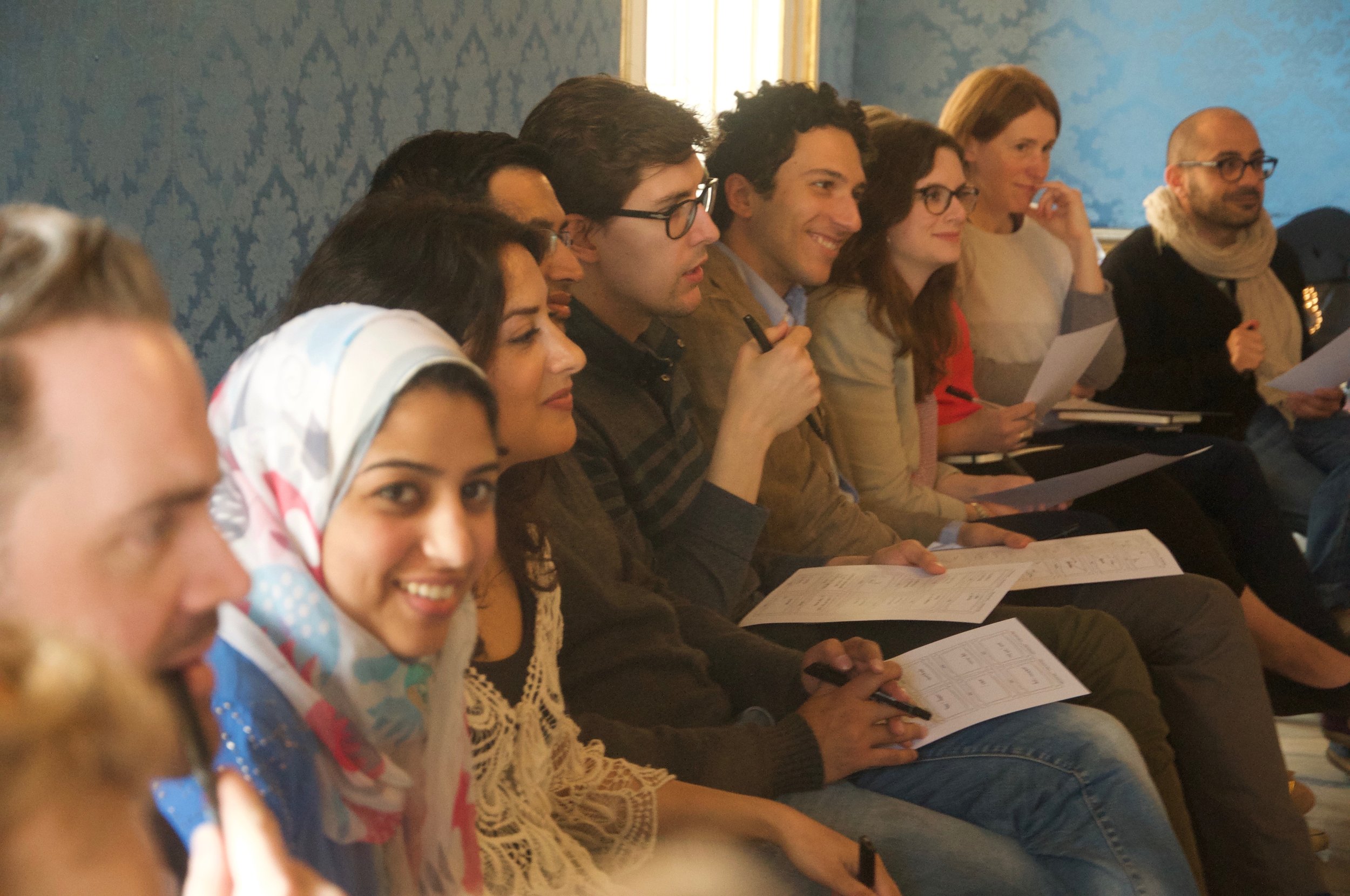
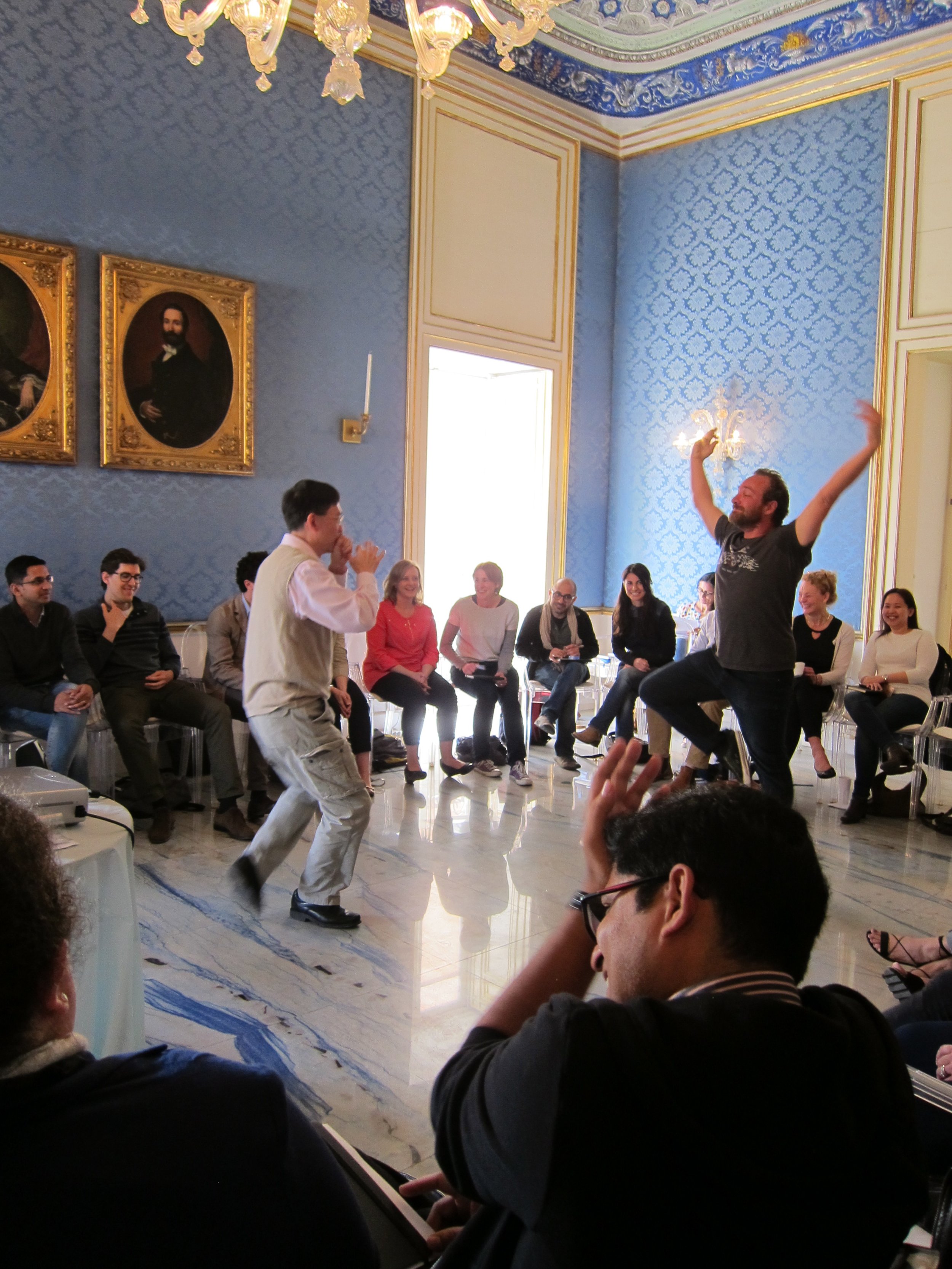
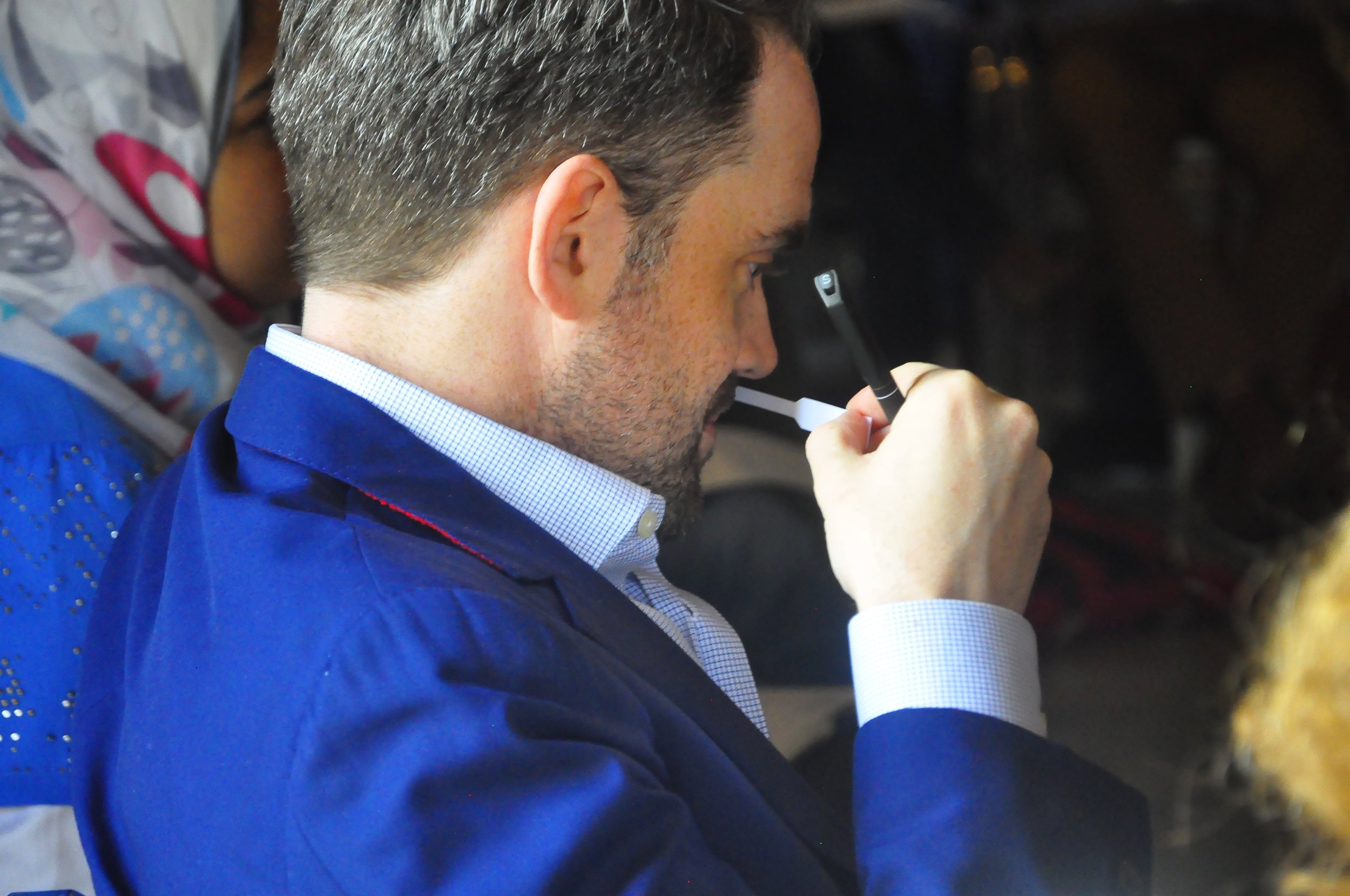

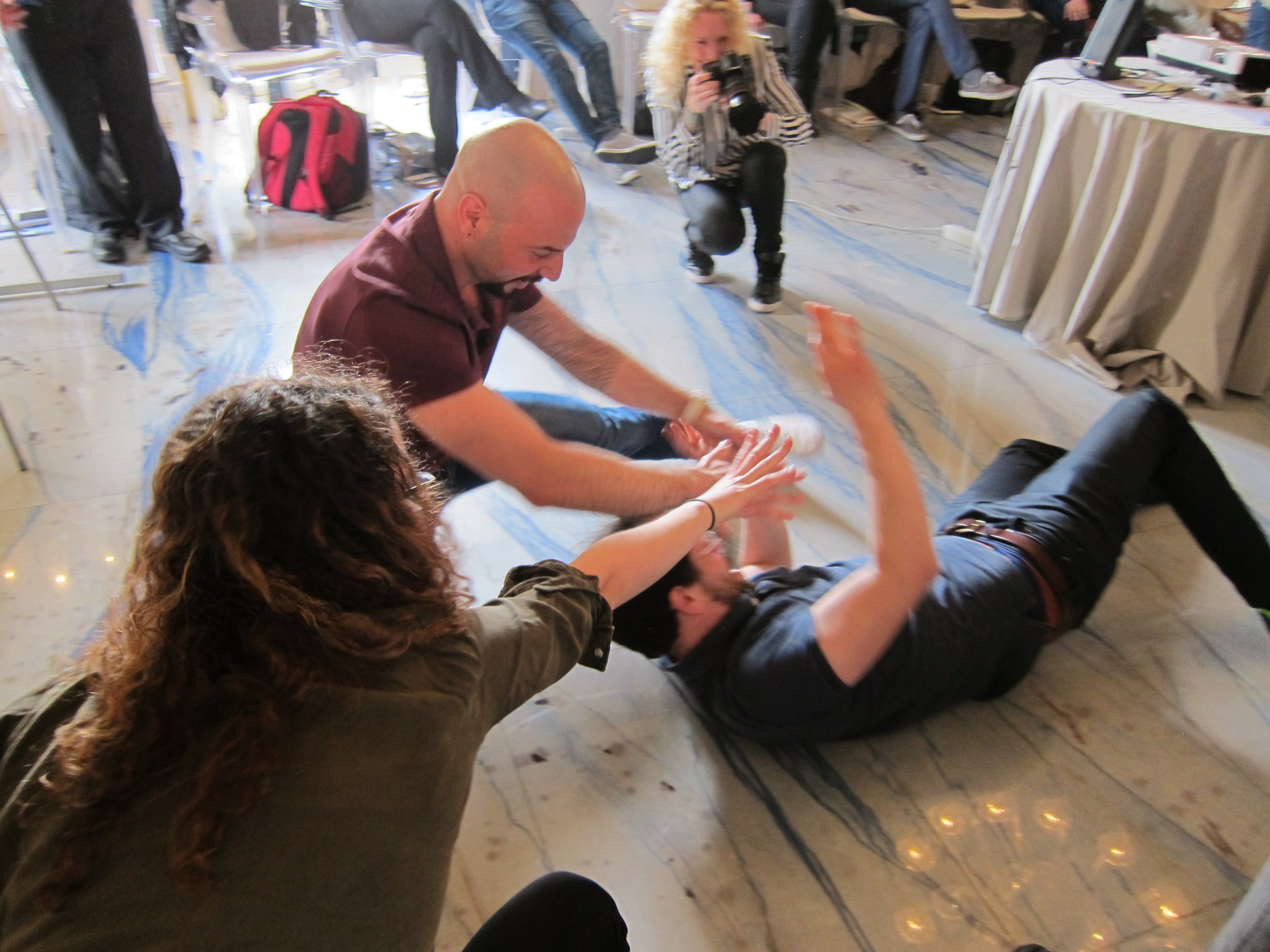
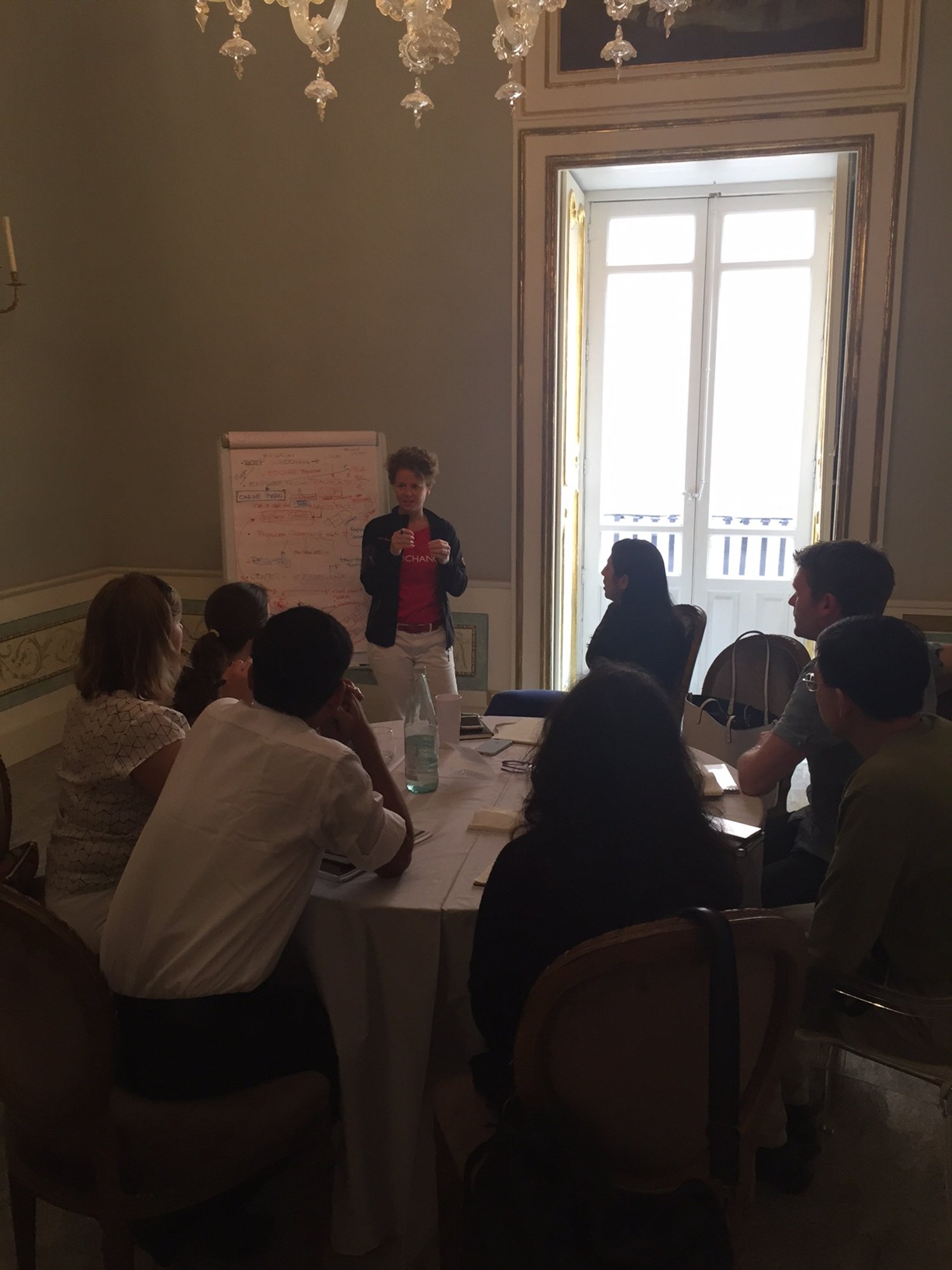
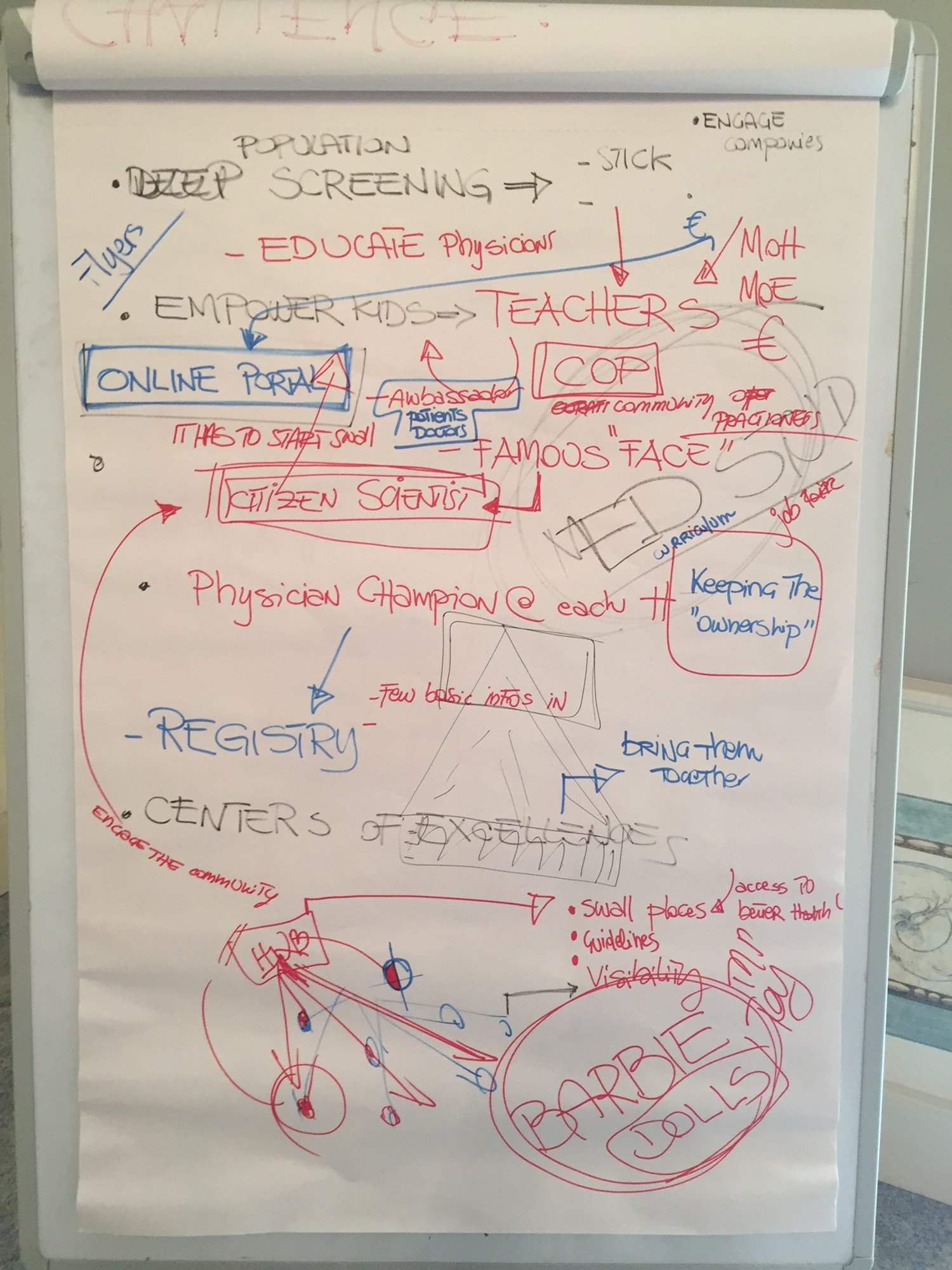
Anna van Suchtelen & Brian Goeltzenleuchter, When to Throw a Painting to a Drowning Man, card deck, 1.75” x 2.5” x .75”, 2013-2020. The card deck was used in conjunction with the yearly workshop of the same name.
Project Synopsis
The multi-part series When to Throw a Painting to a Drowning Man was made for and with an international medical community--clinicians, scientists, and public health practitioners--who use translational methods to develop patient-centered, preventative approaches that improve medical research and healthcare delivery. Somewhat paradoxically, many of these people self-report poor health due to the unsustainable workload they carry. In 2014, Anna van Suchtelen and I were asked to join the faculty of the Eureka Institute for Translational Medicine, a non-profit foundation with educational and research objectives in the field of international translational medicine. We developed a socially engaged workshop and interactive card deck for Eureka's yearly postdoctoral certificate course. The workshop blended lecture and discussion with a heavy dose of improvised performance (and subsequent reflection on what just happened). The card deck instigated all the activities and commemorated the project, allowing for future engagement. The temporary community formed by workshop attendees was confronted with multi-modal challenges that paralleled the learning and engagement that they encountered in real life via many sensory modalities. The participants left the workshop with a better understanding of how creativity engenders resilience, problem solving, and communication.
The following editions of art objects have been produced to commemorate the worksop:
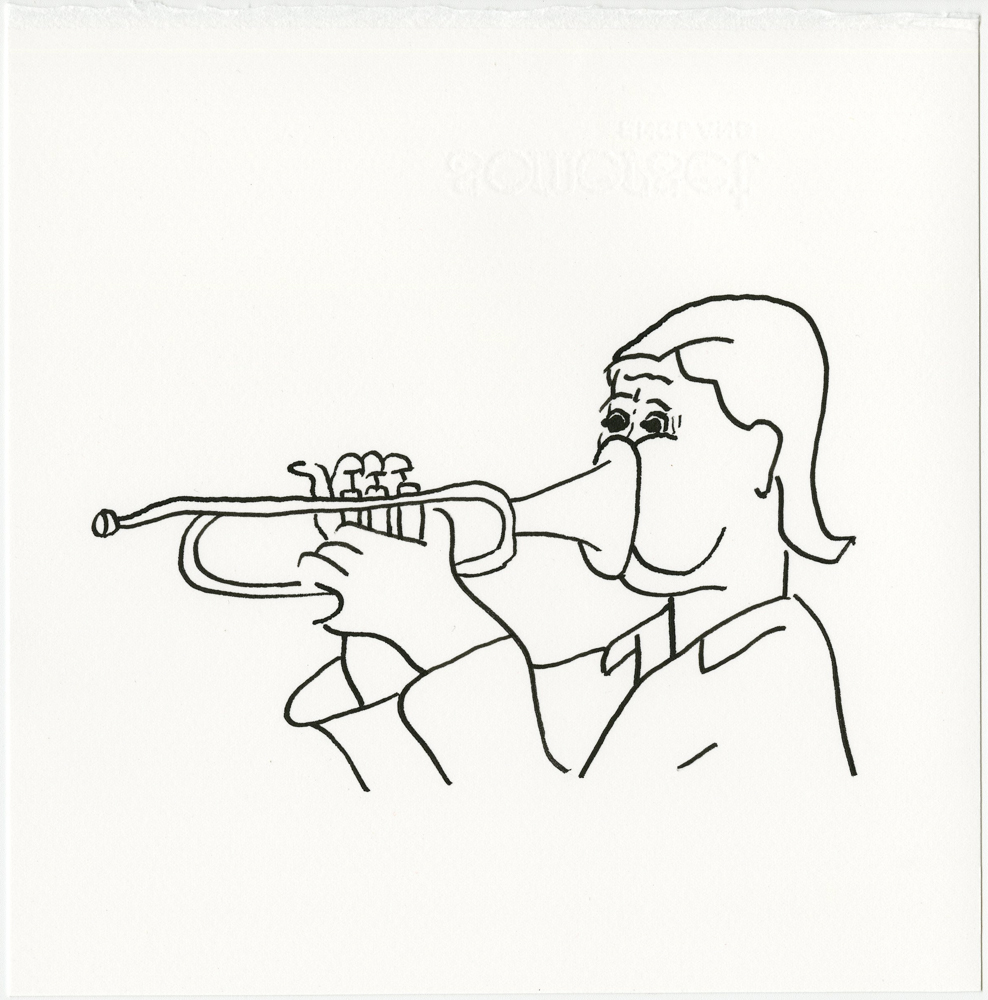
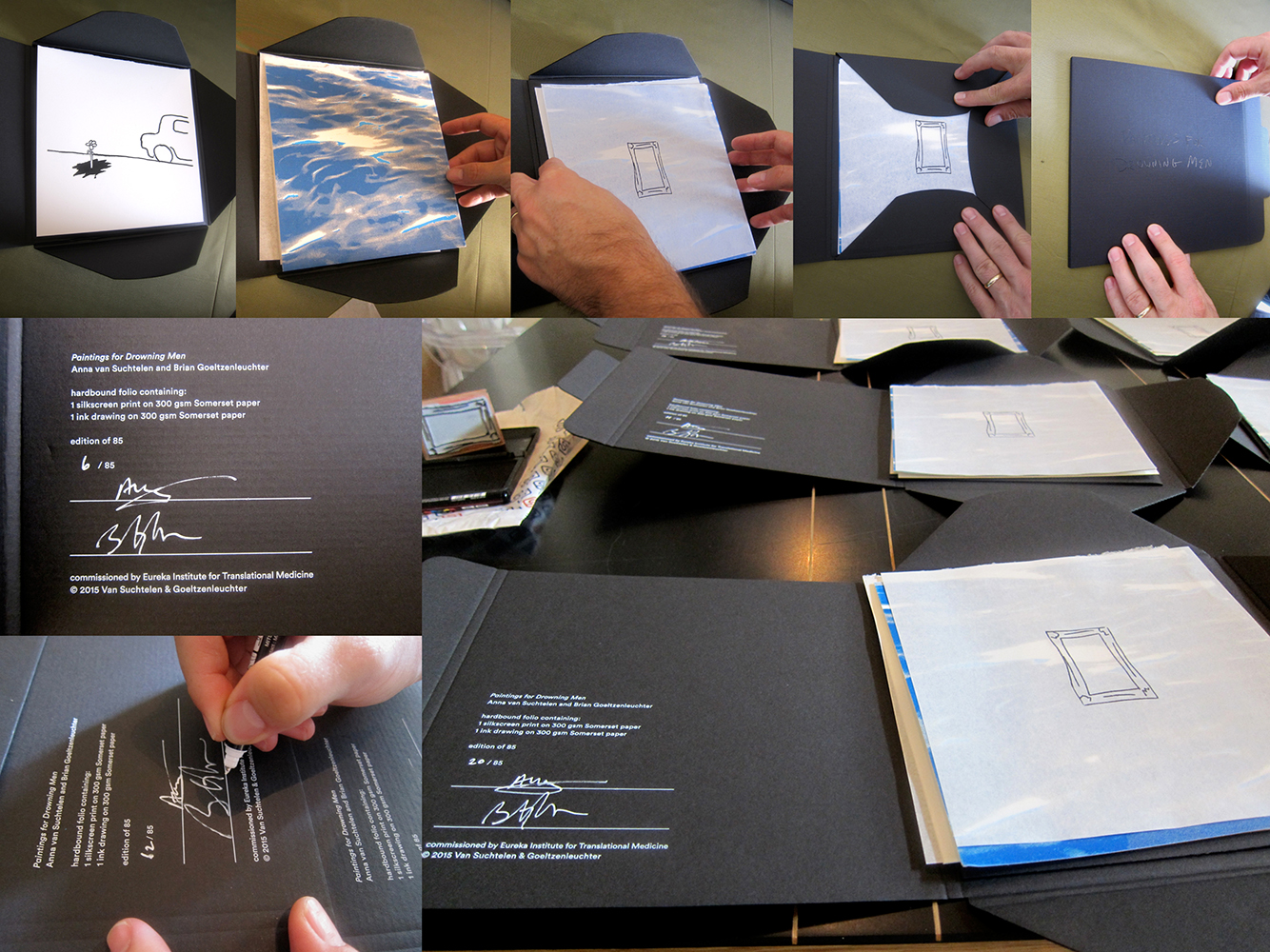

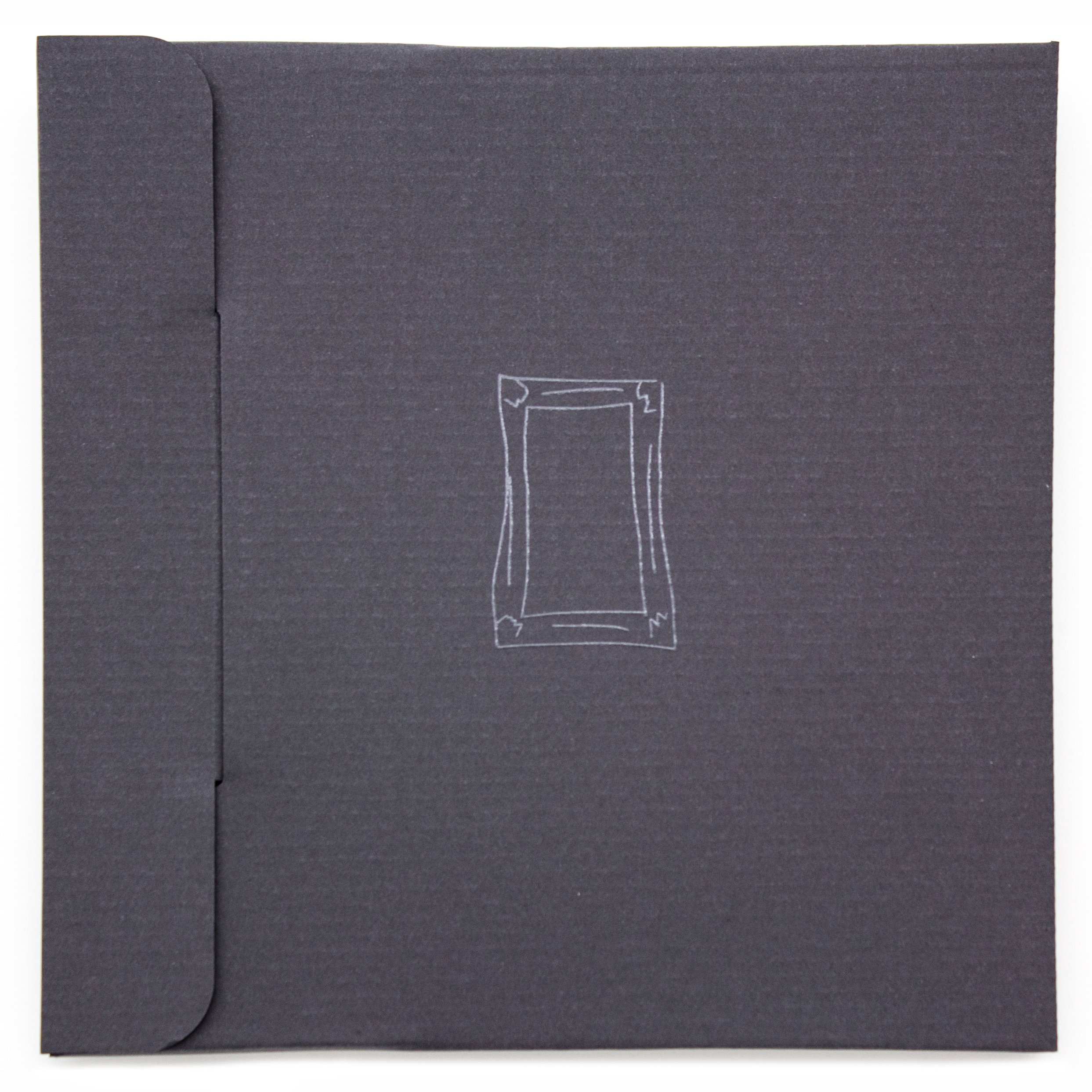
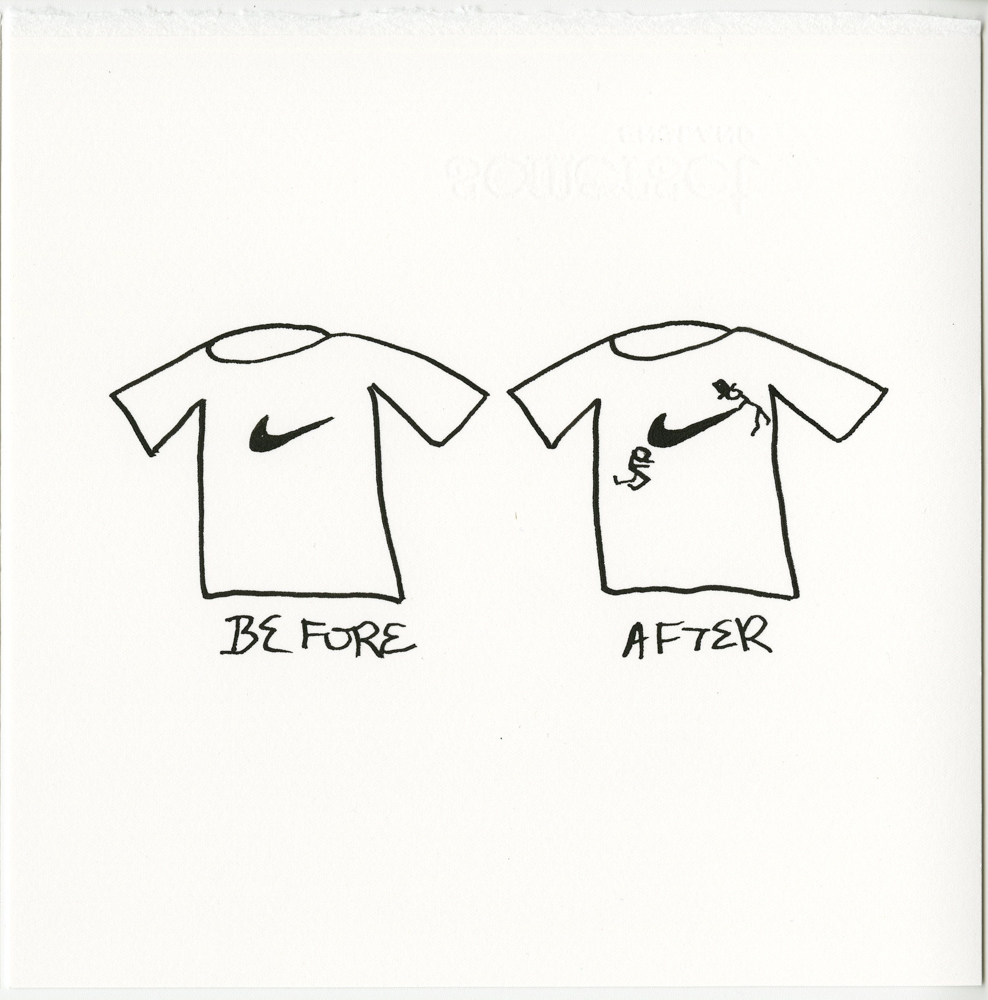
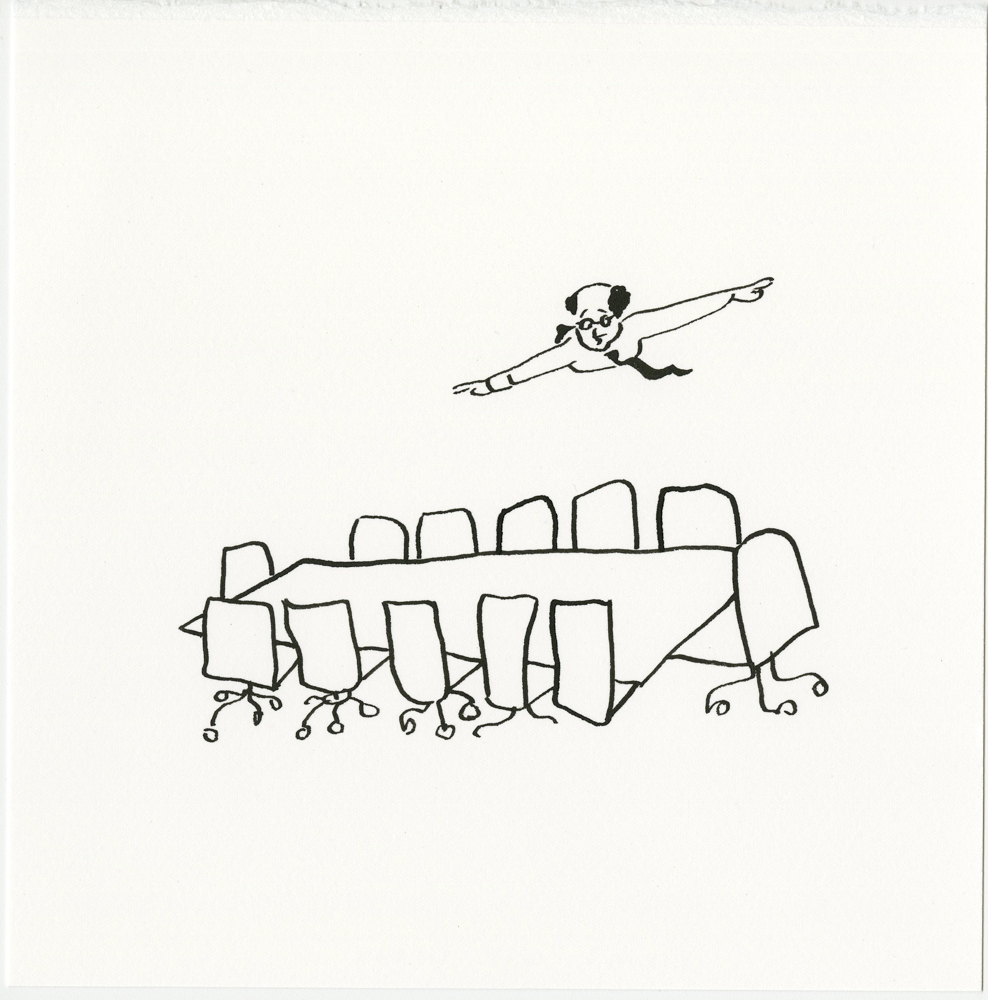

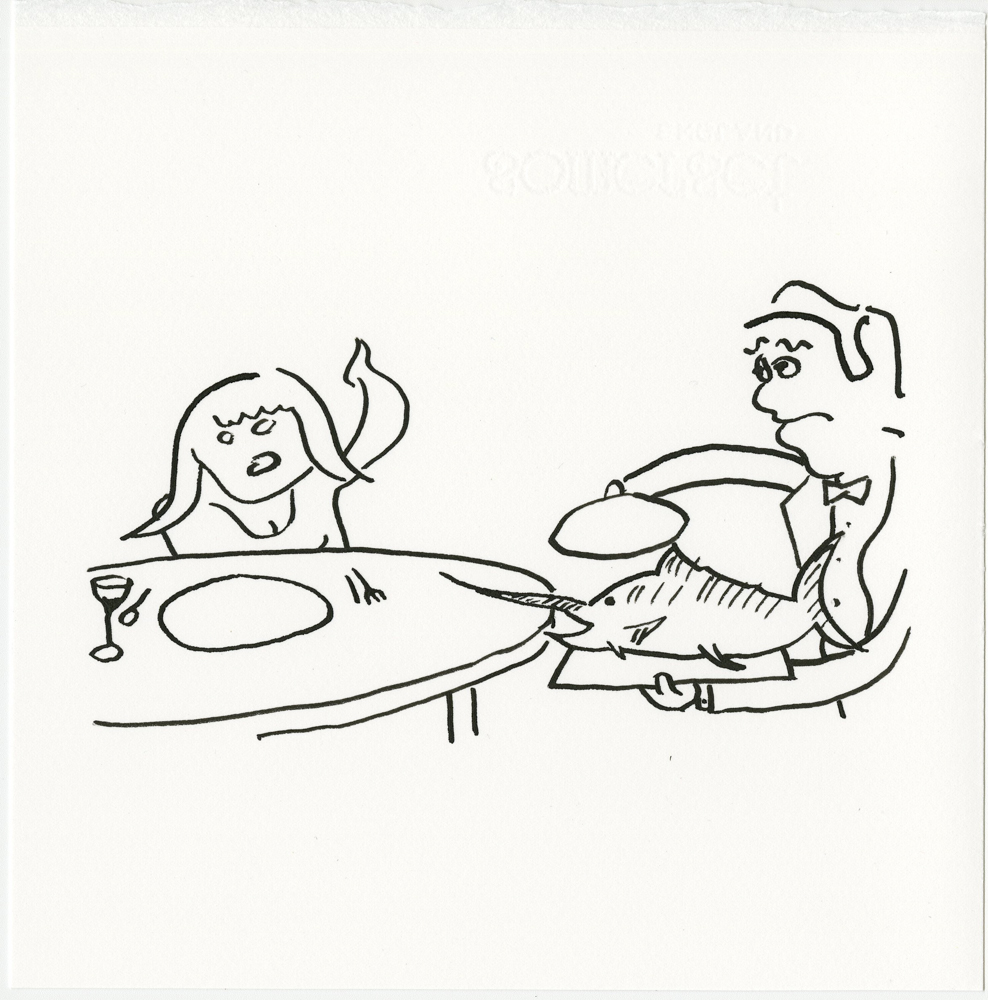
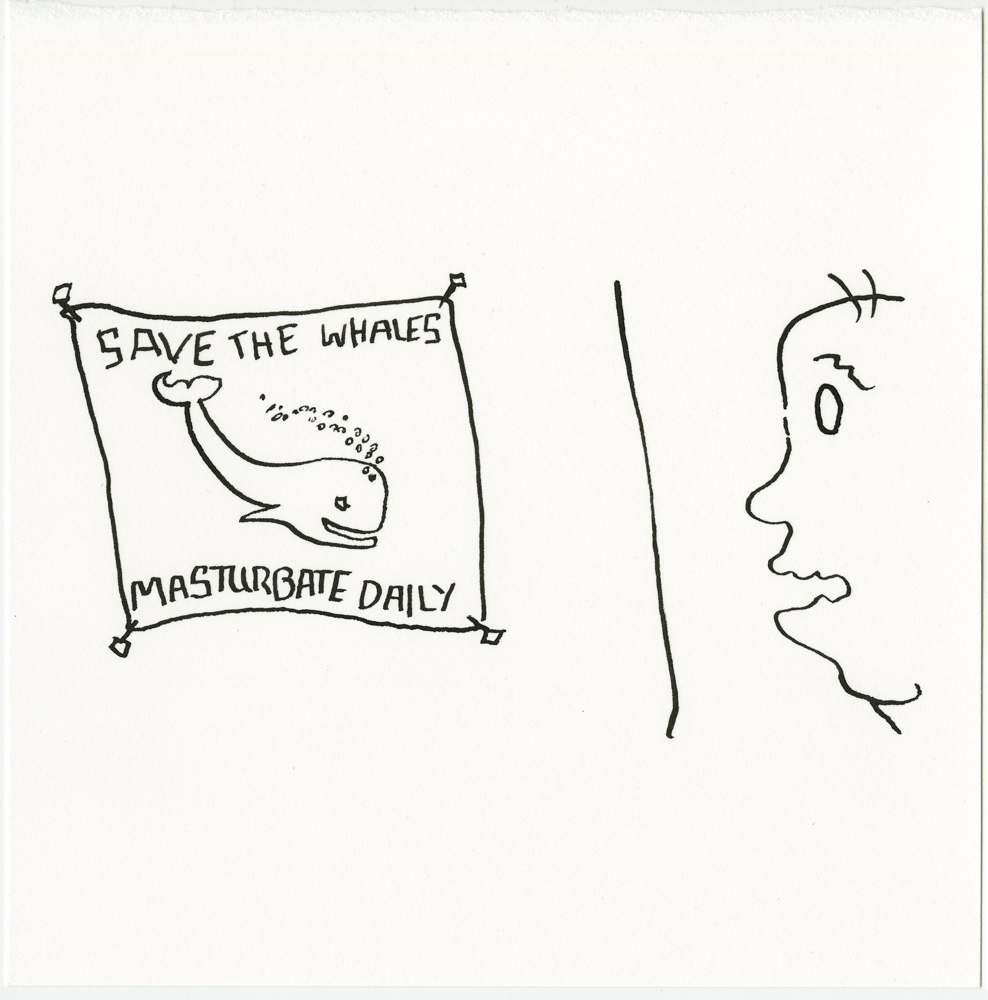
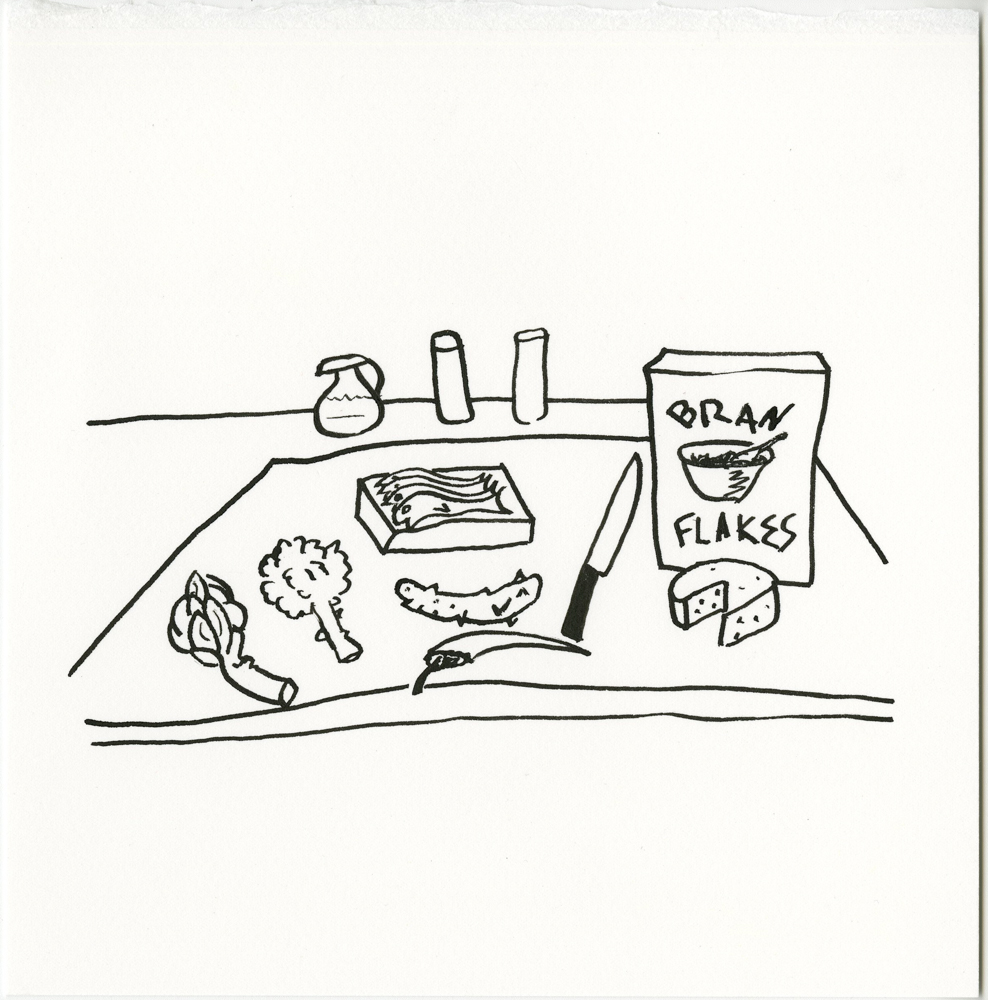

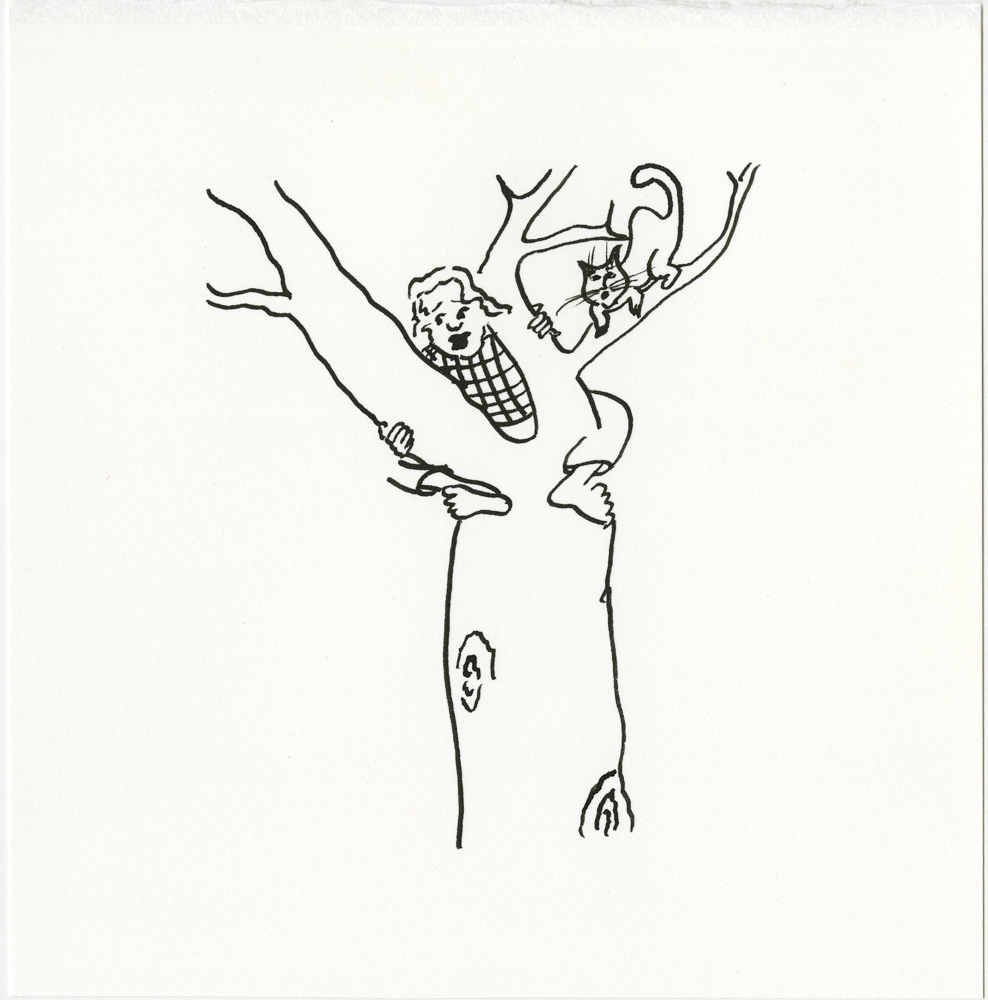
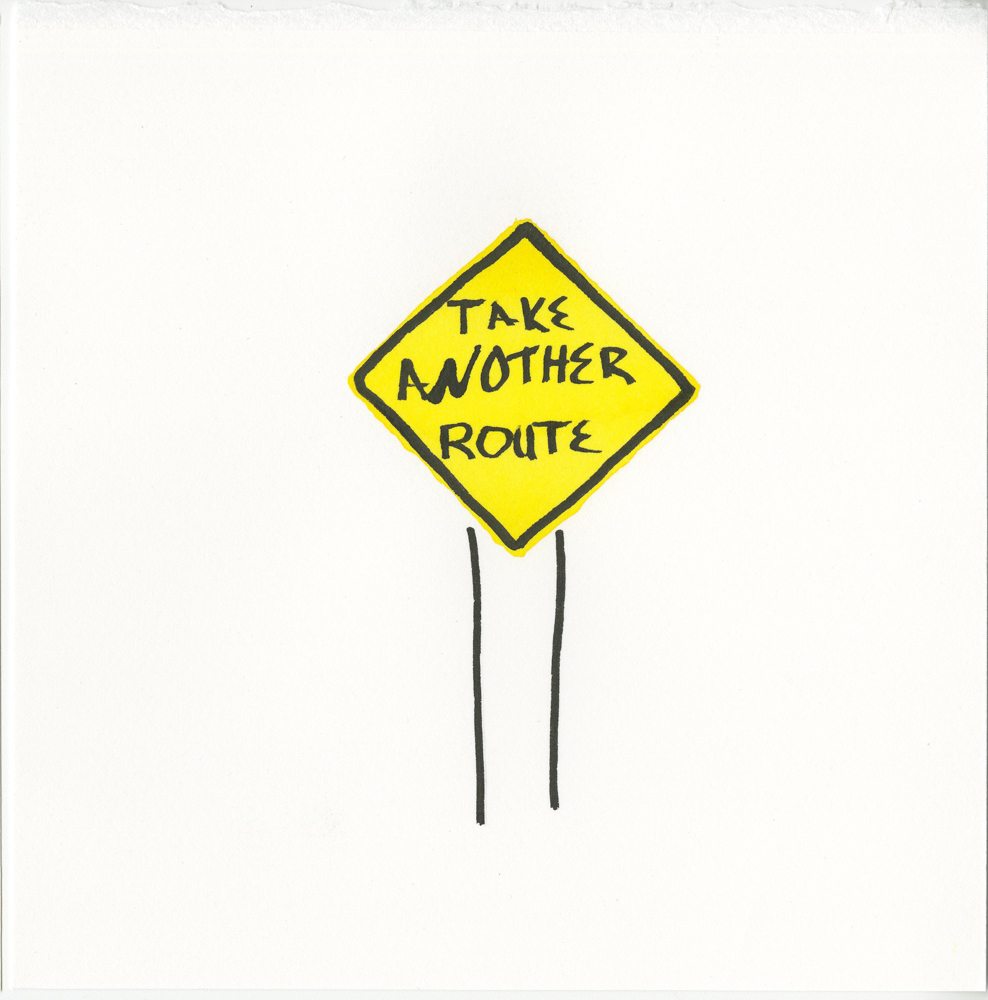
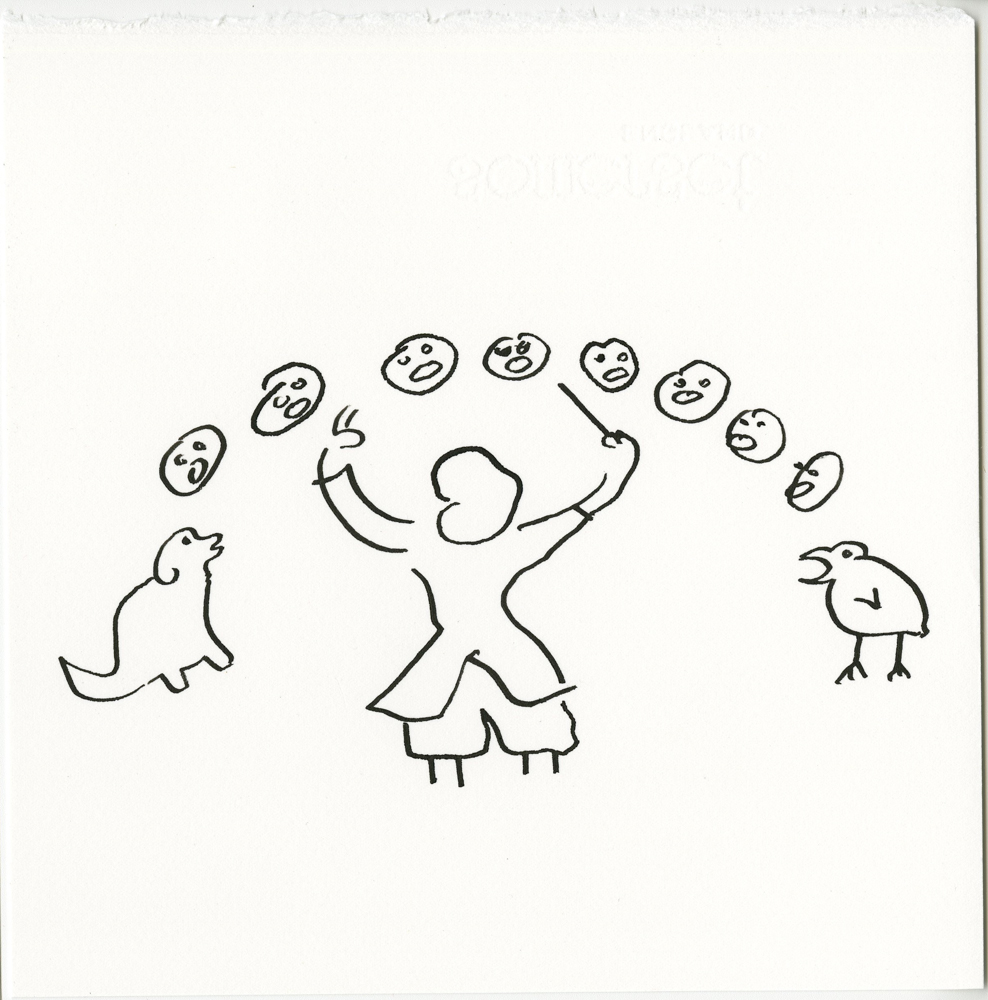
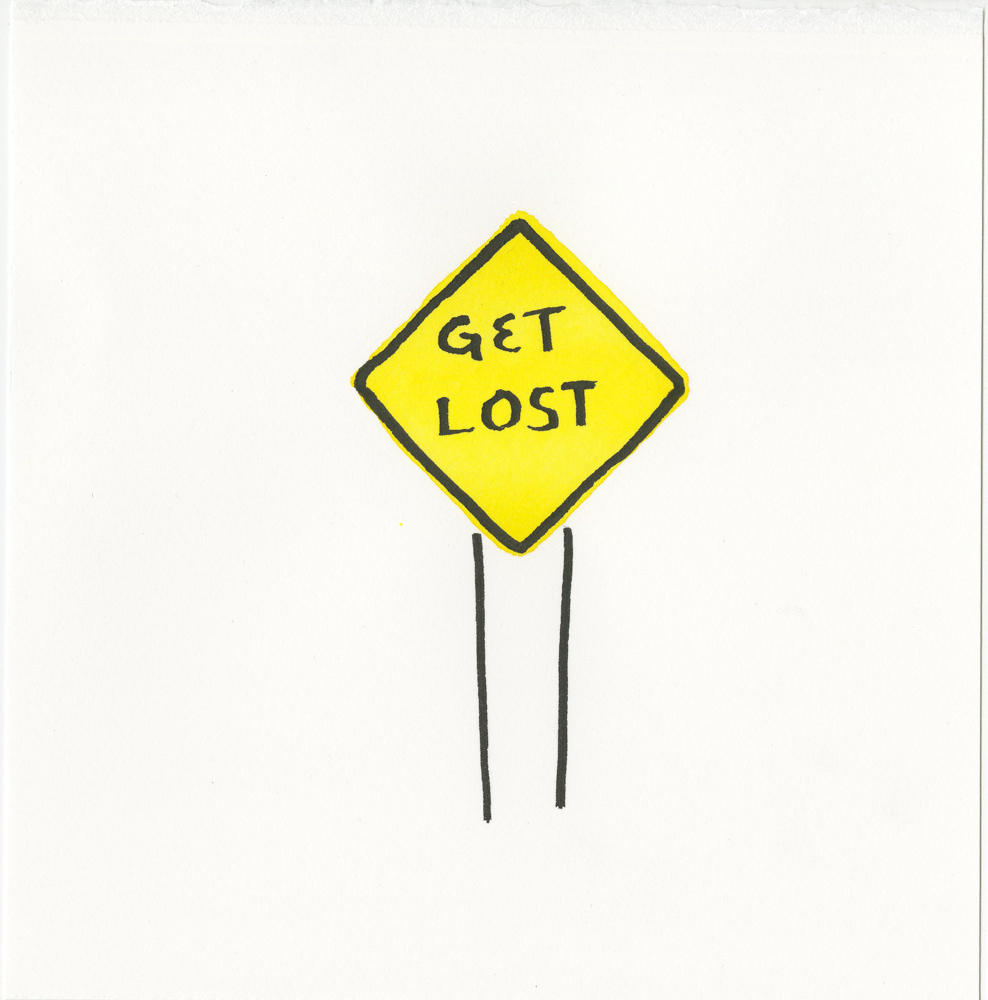
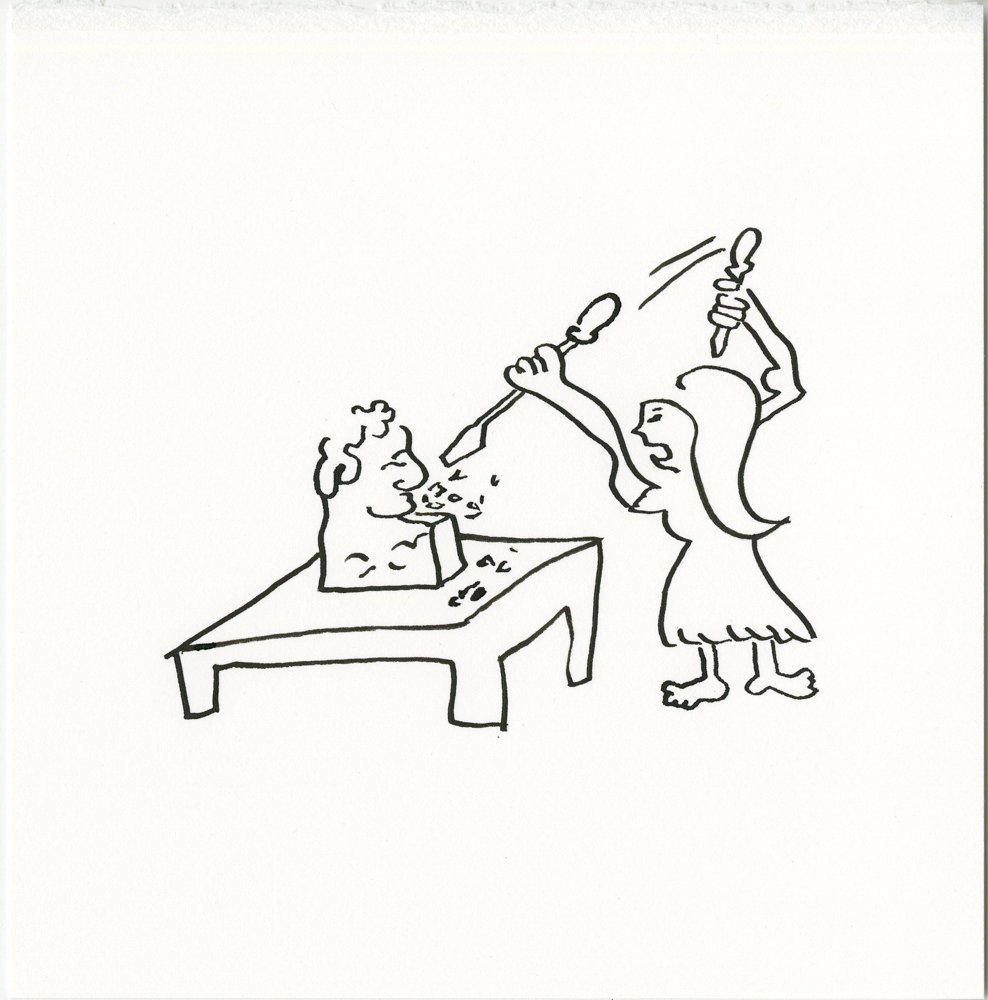
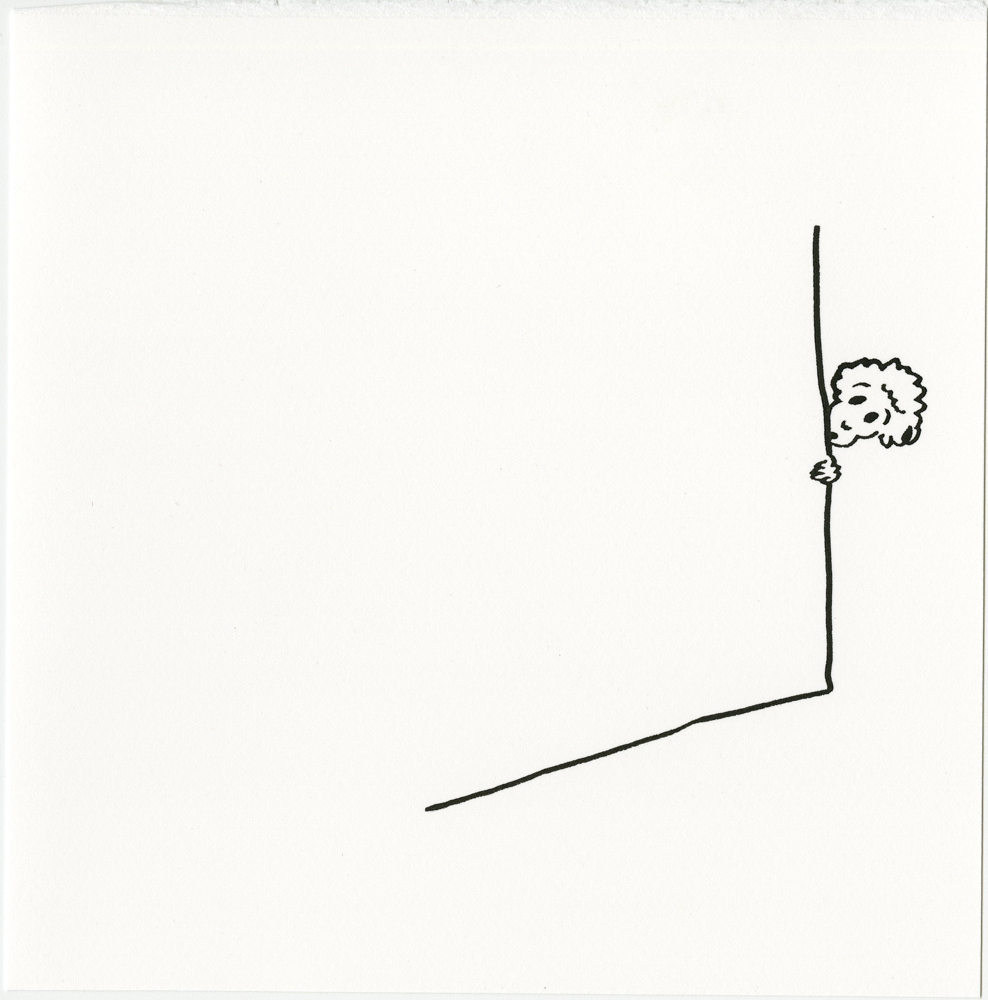
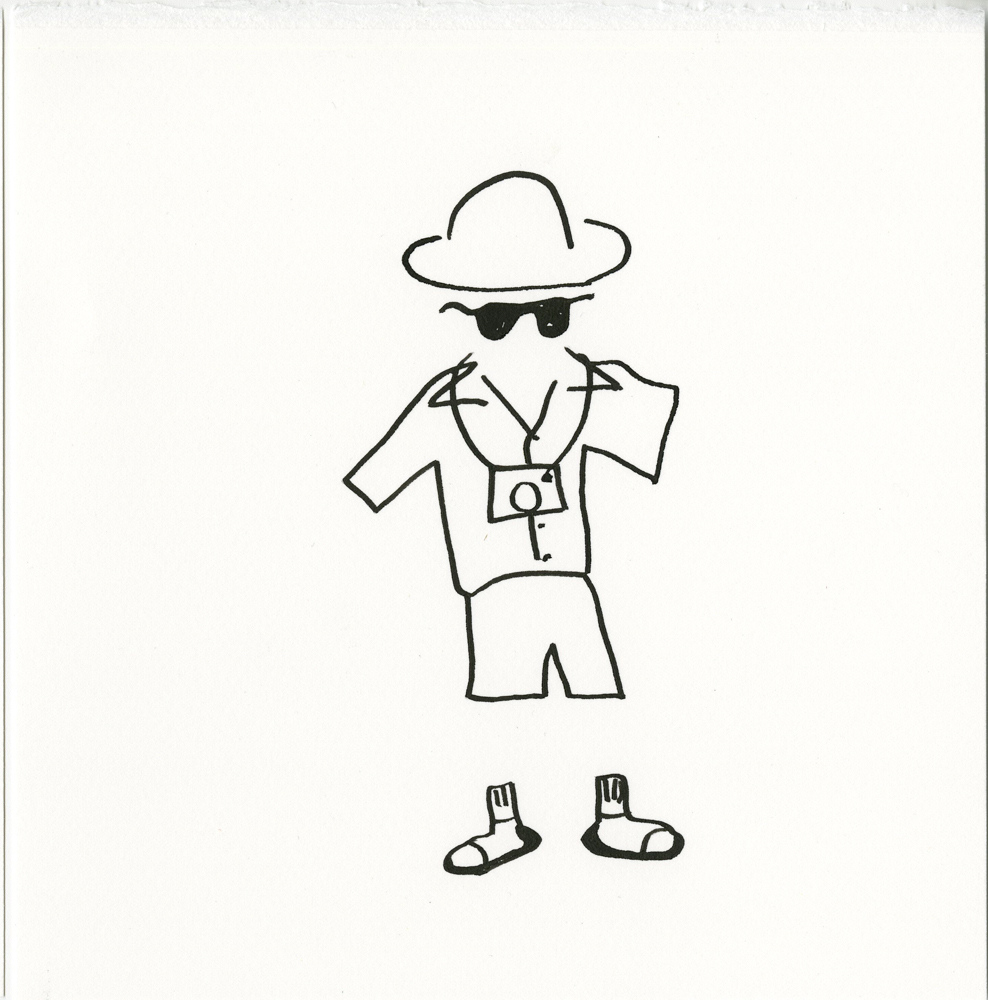
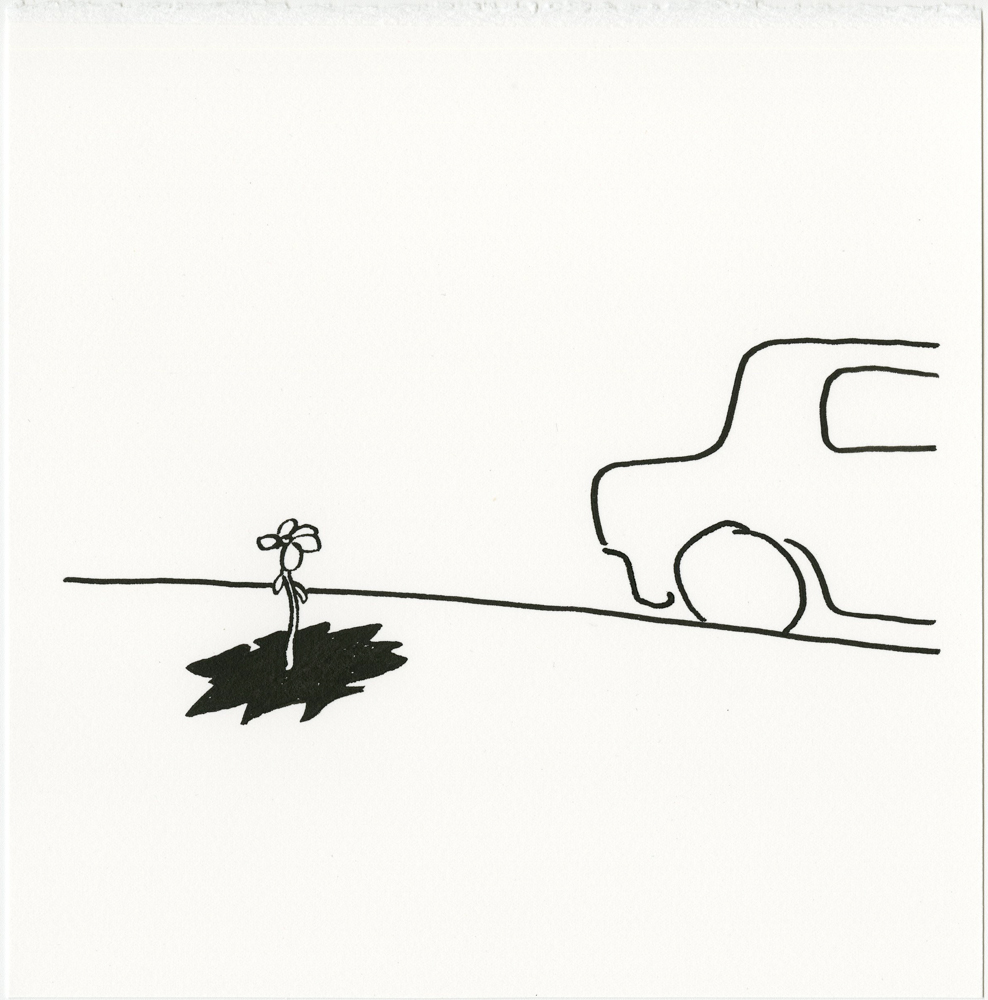
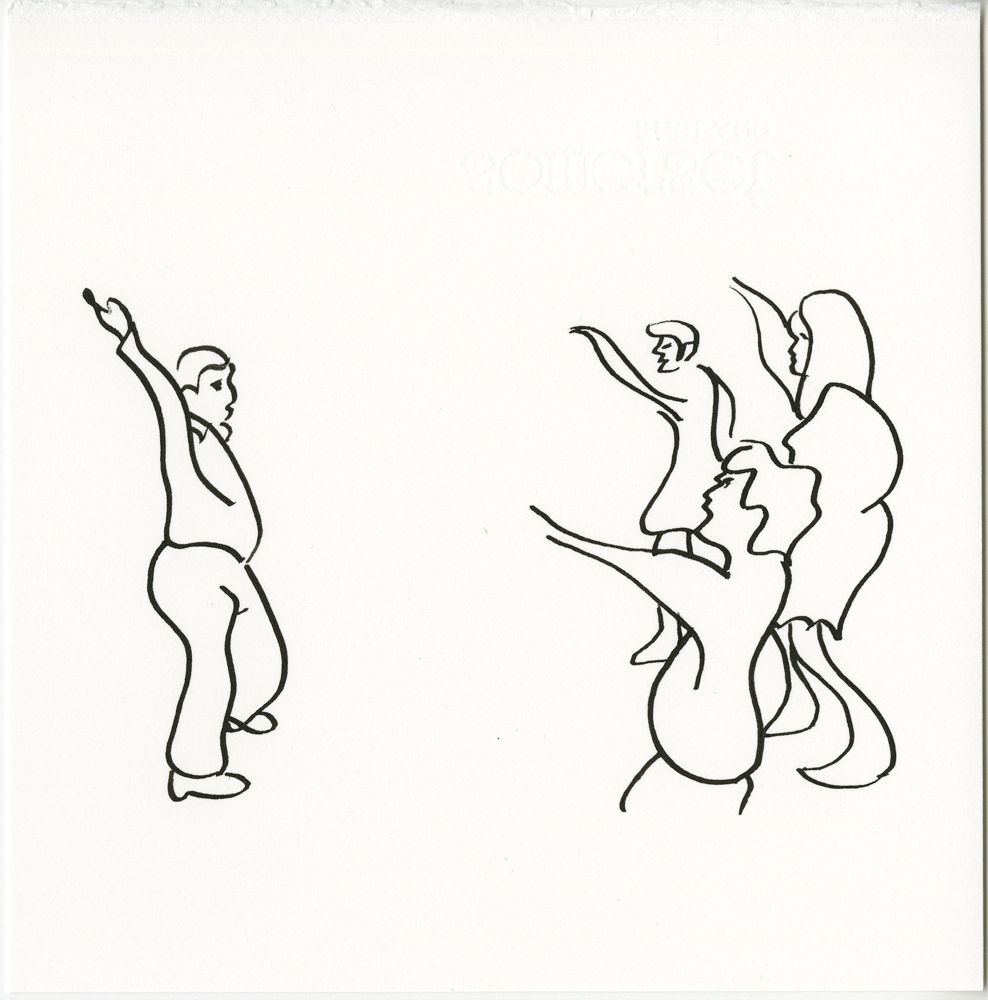

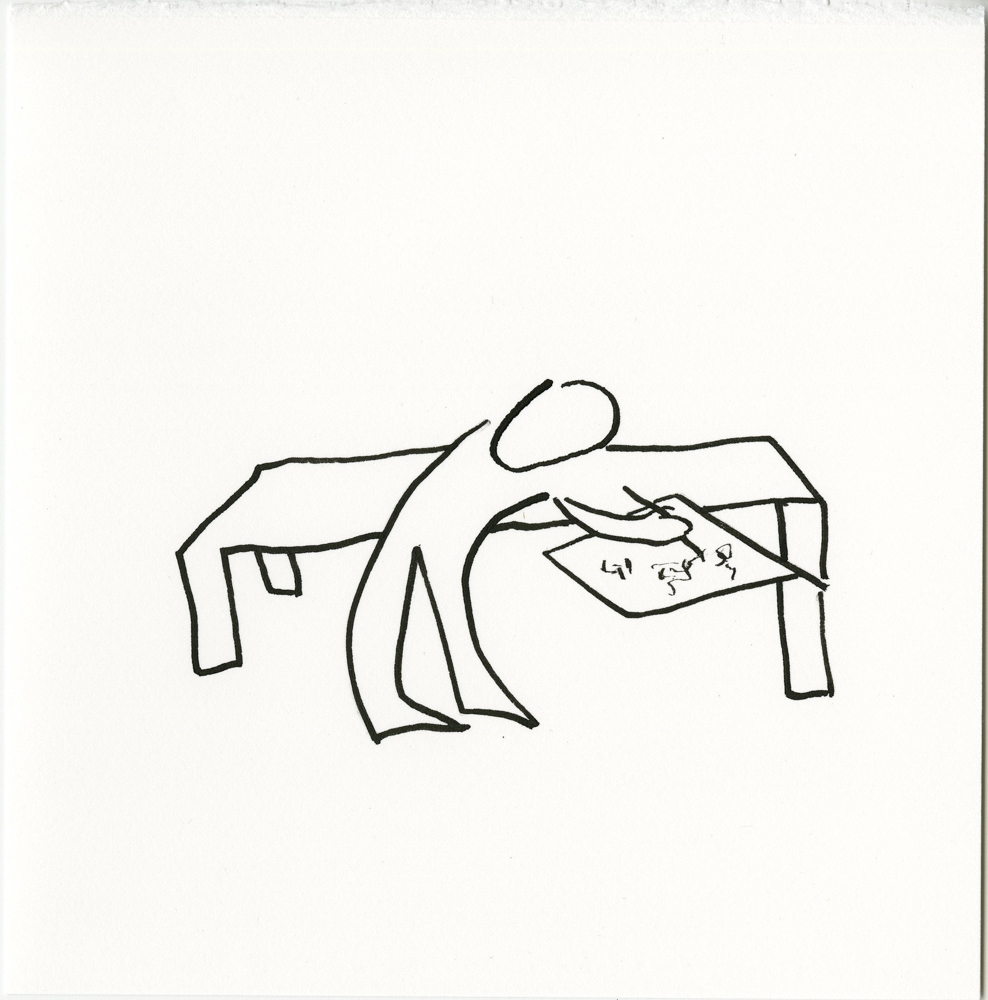
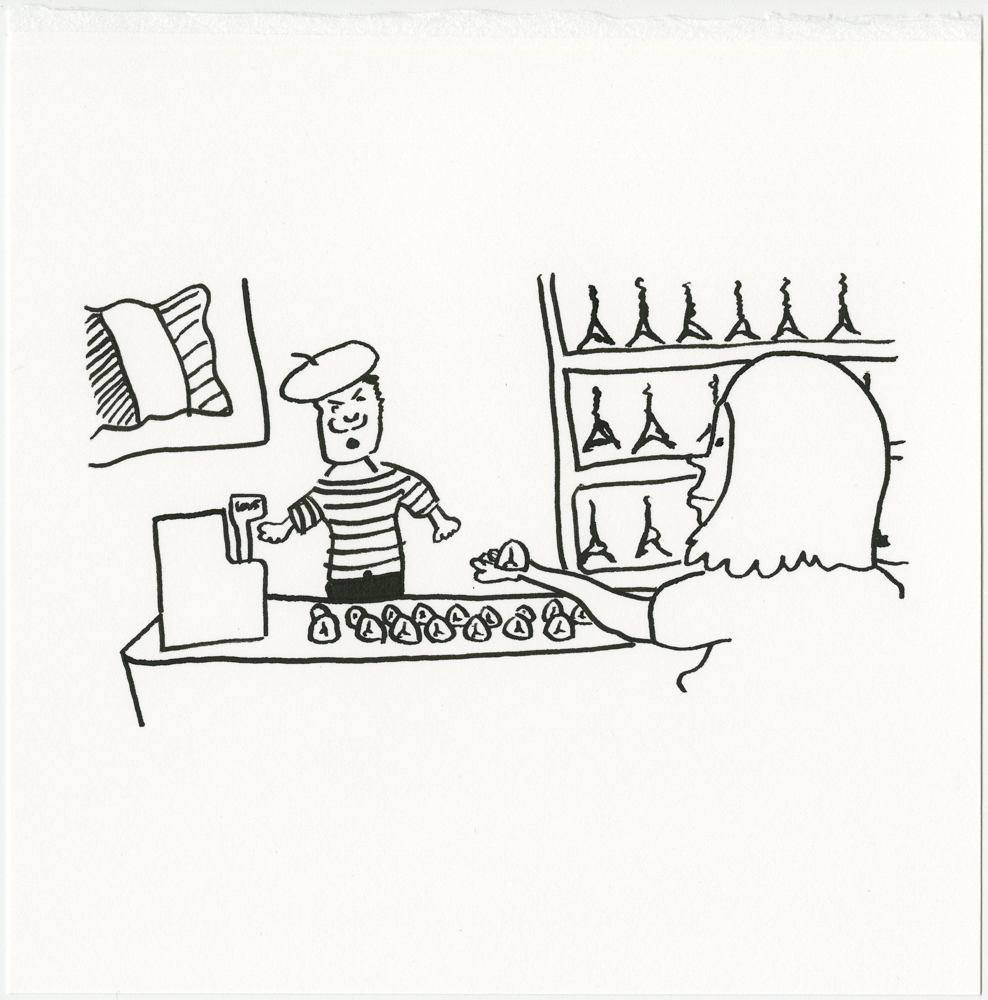
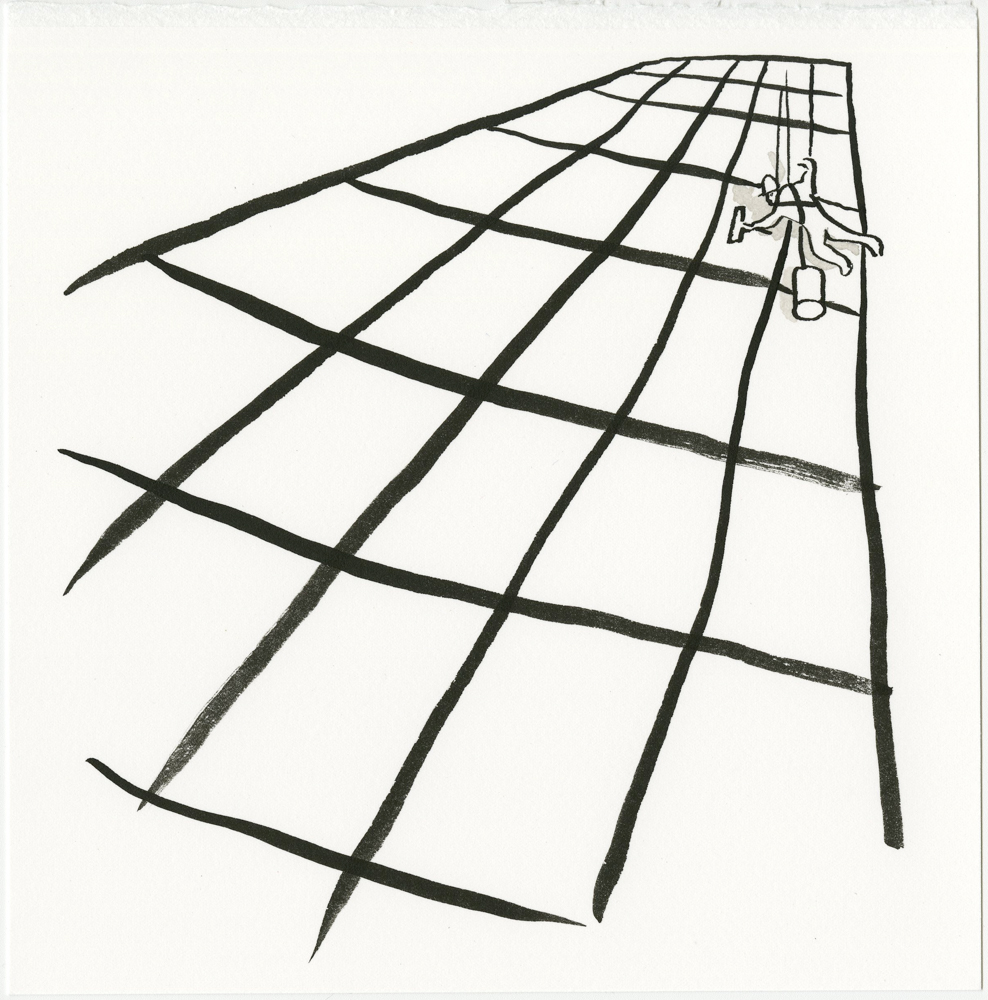
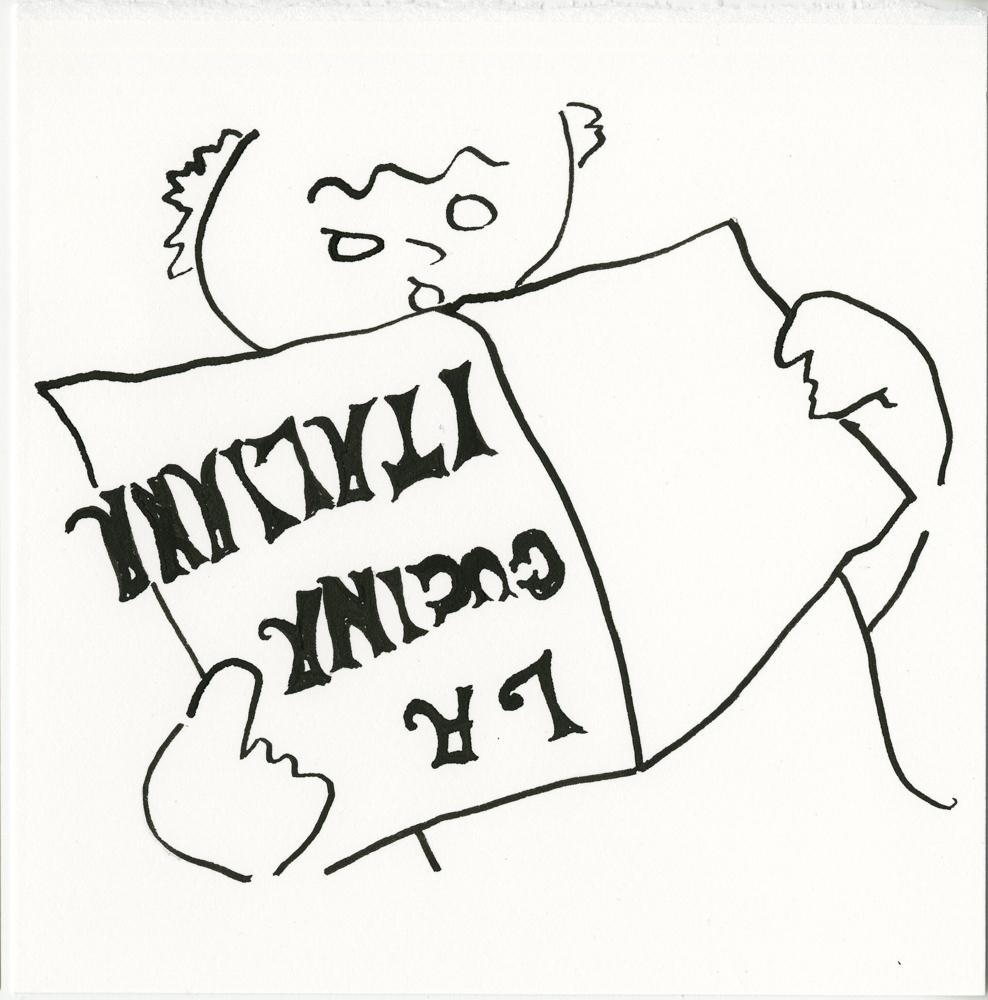
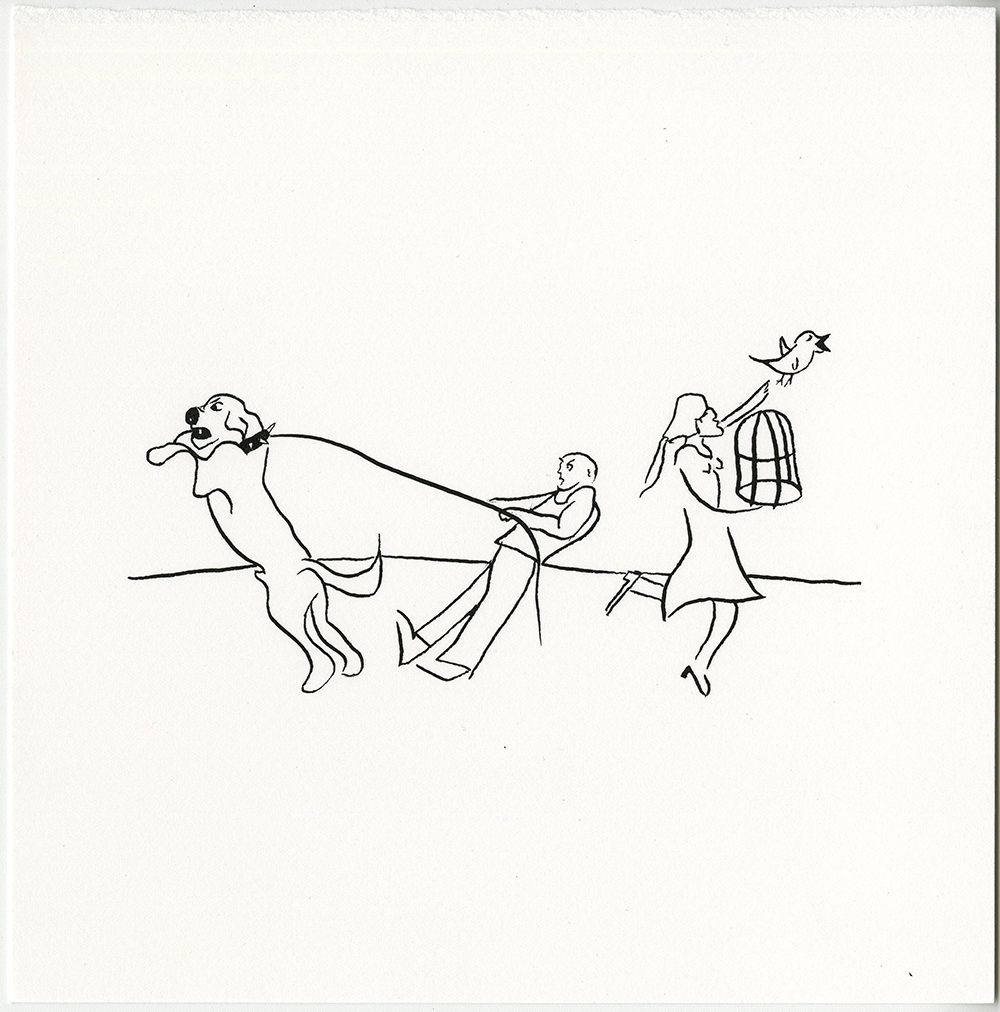
Paintings for Drowning Men, Anna van Suchtelen and Brian Goeltzenleuchter, hardbound folio containing: 1 silkscreen print on 300 gsm Somerset paper and 1 unique ink drawing on 300 gsm Somerset paper, 8.5x 8.5 inches, edition of 85, 2015.
Paintings for Drowning Men Folio of Drawings and Prints
Artist’s Notes: I like to quip that most art is useless — that if someone is drowning, you’re not gonna thrown them a painting. The Paintings for Drowning Men series came out of a discussion between Anna van Suchtelen and I about the use-value of art, about what it does and who it is for. Particularly in a culture that segregates knowledge among disciplines does creativity offer a route toward interdisciplarity (or non-disciplinarity). We didn’t want to make a closed work, something which was self reliant and existed only to be an object of contemplation. So we created a three-part series which involves creative tasks that allow seemingly noncreative people to lose themselves while opening up new ways to experience the world.
This edition of the series is a portfolio that contains a print by Anna and all of my original drawings used in the first two editions of this series. Each drawing is based on a task, outlined below:
Do something badly.
Steal something. Alter it. Return it.
Reenact your dream.
Write a poem on the pavement with a paintbrush and water.
Order something not on the menu.
Make a poster that tries to solve a real problem through absurd means.
Prepare a meal using only food you hate.
Go about your daily business while wearing a costume.
Imitate the first animal you see.
Take another route.
Direct a concert or a play.
Get lost.
Make a sculpture using a screwdriver as your only tool.
Search for local criminals.
Join a tourist group in your home city.
Put something beautiful where it does not belong.
Teach people to dance to your favorite song.
Spend a day without using tools.
Make a drawing that explains the concept of “forever”.
Buy a tourist gift. Offer the gift to the salesman.
Use a cookbook written in a foreign language.
Step into someone else’s job for a while.
Swap pets for a day.
Anna van Suchtelen & Brian Goeltzenleuchter, Paintings for Drowning Men, 2014, artists' multiple, edition of 60 + 2 artist proofs.
Paintings for Drowning Men Artists’ Multiple
Gloss black folio print on matte black archival box, 16 cm. x 16 cm. x 8 cm. Interior is a 4-color lithograph on satin stock, folded to create a recessed form. The recessed form holds 59 2-sided cards, each 6.4 cm. x 4.5 cm. The cards feature hand-written text on 4-color lithgraphs printed on satin stock. Each edition contains a signed colophon and instructions for use.
Video documentation: Paintings for Drowning Men, 2014, artists' multiple, edition of 60 + 2 artist proofs.
Anna van Suchtelen & Brian Goeltzenleuchter, When to Throw a Painting to a Drowning Man, digital video, 17:16, 2012
Paintings for Drowning Men DVD
When to Throw a Painting to a Drowning Man offers parables and exercises which evoke the structure of a self-help book. The video celebrates the transcendent nature of creativity, examining its potential as a skill and tool for problem solving, critical thinking, networking, and team building. Artists Brian Goeltzenleuchter and Anna van Suchtelen were invited by the Eureka Institute for Translational Medicine to participate in its international workshop designed to train a new class of translational researcher. The artists developed this video to highlight the false dilemma of considering art and science as binary opposites. Focusing, instead, on the commonality of innovation, the artists produced this video for an audience of innovators who strive to come to terms with the uncertainty that comes with working collaboratively and across disciplinary borders.
PRAISE FOR When to Throw a Painting to a Drowning Man
“One might think that creativity is a luxury; not core to life’s serious accomplishments. This film shows how a little creativity can serve as the life preserver when one is drowning in ‘serious work’. When to Throw a Painting to a Drowning Man exemplifies how creativity informs problem solving, critical thinking, networking, and team building to generate a clear vision and out-of-the-box solutions.”
— Norman D. Rosenblum M.D., University of Toronto & Anita R. Small M.Sc., Ed.D., Canadian Cultural Society of the Deaf
“Educational learning processes acknowledge a hidden curriculum: the unstated lessons that are transmitted in parallel to the formal curriculum. The importance of recognizing the impact of the hidden and formal curriculum is truly integrated in this outstanding visual depiction.”
— Janet P. Hafler Ed.D, Yale School of Medicine
“If I were drowning I would want someone to throw me this DVD!”
— Alexander Jarman, San Diego Museum of Art



